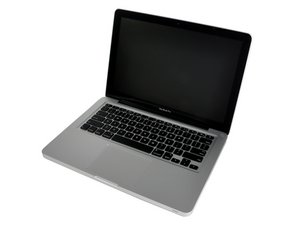What's the fastest stable RAM for this MBP (above 1333 C9)?
I know this machines stock/advised ram is DDR3 1333 CL9 SODIMM
But who tried DDR3-1600 and DDR3-1866 CL9 or CL11 RAM in it, and how did it perform.
Was it recognized (i, how stable was it, did it become too hot, wat were the real-life results, what was the brand, and the clock speed?
Because this MBP has an dual core i7-2620M processor and has an IGP with shared memory, I think (and saw at GeekBench and in some forum threads) it has benifts to use faster RAM.
I've seen numerous (well 375, to be precise) GeekBench and some threads from people working with this kind of ram (probably Corsair Vengeance or Kingston HyperX).
Fact: it's not (always) clocked back to 1333 MHz at least that's not what synthetic benchmarks tell us.
Who wants to share his or hers experiences...
Questa è una buona domanda?

 1
1  1
1 
 970
970
6 Commenti
Hi Dan,
Thanks for the information on cooling and battery life that's something to consider...
My system does not have a 9400M processor the 13-inch is totally dependent on the lame HD3000 IGP
Paying the same for faster (but more common?) RAM-modules is not a waste of money IMHO as long as it does not damage the machine that is....
My processor is Sandy Bridge AFAIK, the chipset is perfectly capable using higher speeds as can be seen on AnandTech.
da Arjan de Boer
Apple only makes MacBook Pro's with a GPU. Are you sure you have a MacBook Pro or do you have a MacBook Air? If you do have an Air model then you can't alter the RAM memory (soldered on the logic bd.) only the SSD storage drive.
da Dan
MacBook Pro MacBook Pro 13" specs
MacBook Air MacBook Air 13" specs
da Dan
Hi Dan, here are the specs from my Mac.
http://support.apple.com/kb/SP619?viewlo...
There really in no dedicated GPU in this thing. It's only the HD3000 and it's mostly crippled by memory bandwidth.
da Arjan de Boer
Opps! :-{ - I stand corrected - Your right the newest versions do use the IGP and don't have any GPU
da Dan
Mostra 1 altro commento